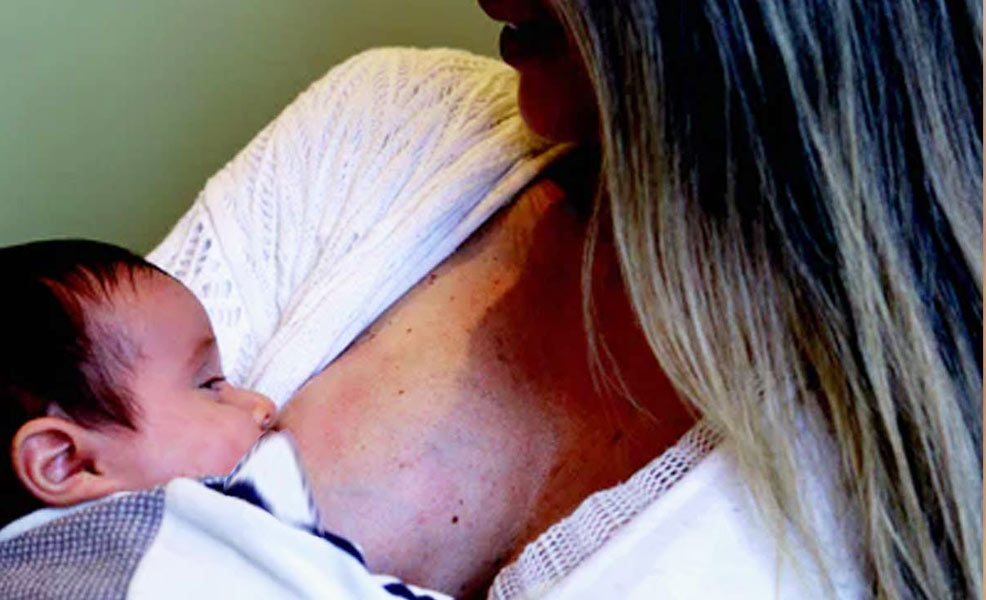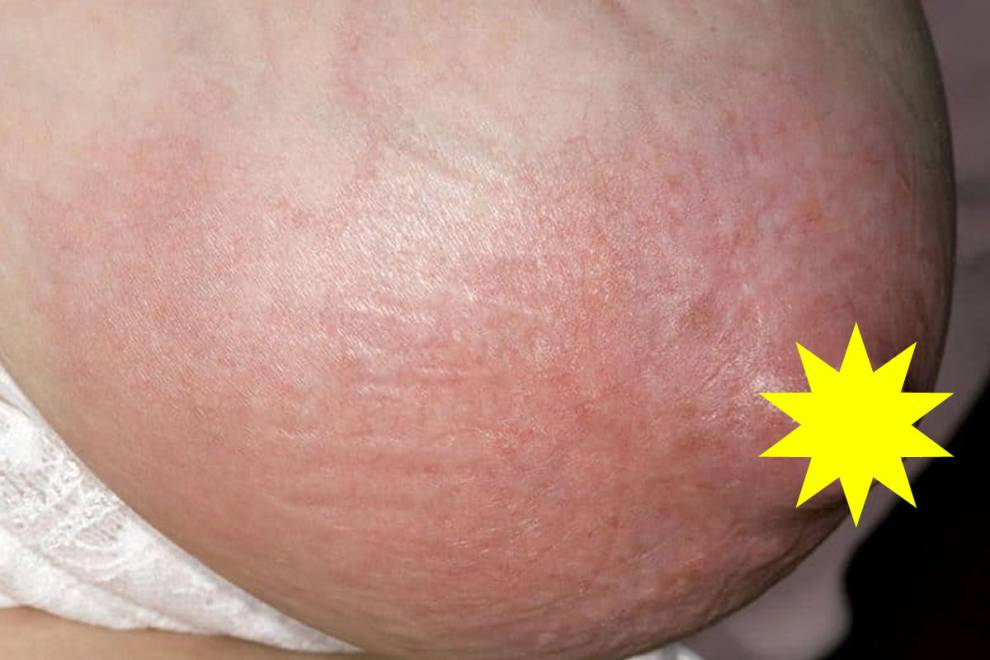Mastitis During Breastfeeding
From swelling and redness to flu symptoms and antibiotics, learn all about mastitis.

Mommyhood101 independently tests and curates baby gear to help you make informed decisions. If you buy products through links on our site, we may earn a commission.
Breastfeeding is a beautiful bonding experience between mom and baby, creating an intimate connection that can last a lifetime. But breastfeeding can also be challenging and, at times, very painful. One possible source of breast pain is mastitis.
Breastfeeding and Mastitis
Mastitis is a breast infection that is caused by bacteria from your skin's surface or your baby's mouth entering your breast through a crack in the skin in your nipple or the opening to the milk ducts in your nipple. Mastitis can be very painful.
It leads to swelling and redness of your breast and often feels as though you have the flu.
Your breast may be painful, hard, red, and warm, particularly in the area of the infected milk duct, and you may experience a fever over 101, chills, and fatigue. Approximately 1 in 40 nursing moms develop mastitis.
It is very difficult to prevent mastitis, but according to the Mayo Clinic you can reduce the risk by making sure you fully drain your breasts during breastfeeding, completely empty one breast before emptying the other, change breastfeeding positions from one feeding to the next (try one of the best nursing pillows, which have multiple positions), and make sure you get a proper latch.
Although mastitis can develop without cracked or broken skin surrounding the nipple, a good nipple cream could help heal dry skin and prevent cracks before they become a problem.
What conditions make you more susceptible to developing mastitis?
An untreated clogged milk duct can develop into mastitis. In addition, as a new mom, you may be especially tired and stressed and may not be eating well, all of which lower your resistance to illness and make you more susceptible to developing mastitis.
Other conditions that may increase your chances of developing mastitis include engorgement and not completely emptying your breasts of milk (which may sometimes occur due an incorrect latch during breast-feeding), having cracked nipples, and restricting milk flow by wearing a bra that is too tight.
What should I do if I have mastitis?
You should see your doctor immediately if you think you have mastitis to prevent the problem from getting worse. Antibiotics are usually needed to treat mastitis. In addition, rest up and drink plenty of fluids, and get yourself a comfortable nursing bra.
You may wonder if you can continue breastfeeding if you have mastitis. Not only can you continue, you should as nursing will help remove the milk from your breasts. It is not dangerous to your baby.
Importantly, if your mastitis does not improve after taking antibiotics, you should contact your doctor. This may be the sign of a more serious condition, such as inflammatory breast cancer - which can cause redness and swelling that can be confused with mastitis.

Breast Engorgement During Breastfeeding
Approximately 2-5 days after the birth of your baby, you may notice that your breasts...

Breastfeeding: How to Increase Milk Supply
Breastfeeding is a journey with a greater learning curve than many new mothers expect....

Signs of a Hungry Baby: 8 Cues Every Mom Should Know
Both new and experienced breastfeeding mothers want what is best for their children, and...

How to Start Breastfeeding your Baby: A Beginner's Guide
According to the Centers for Disease Control, about 83% of all women choose to...


